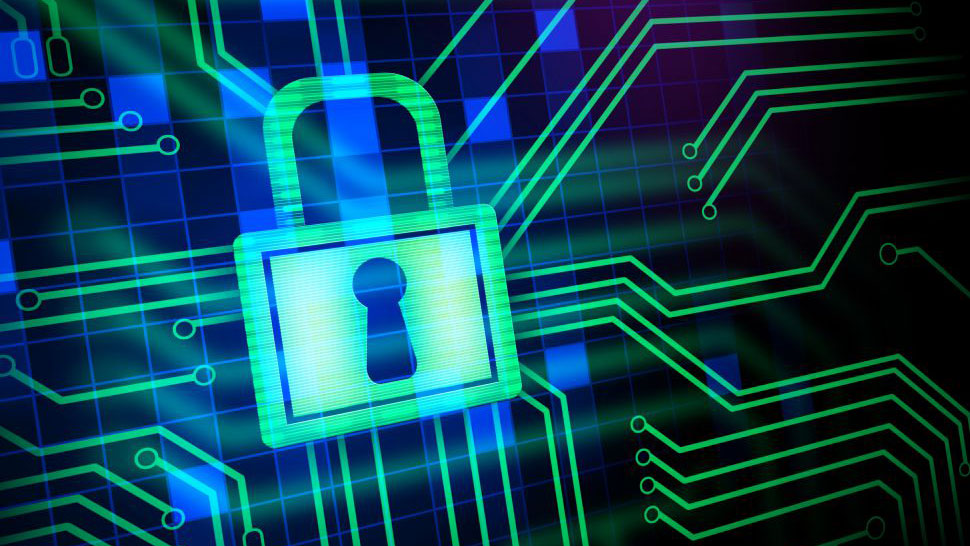cybersecurity trends
2025 Cybersecurity Trends: Expert Insights and Market Analysis
Stay ahead of evolving cyber threats with in-depth analysis of AI-driven attacks, ransomware evolution, and real-world security strategies for enterprises.
Market Overview
Cybersecurity in 2025 is defined by rapid threat evolution, surging attack volumes, and the growing sophistication of adversaries. Global cybercrime costs are projected to reach $10.5 trillion by year-end, up from $8.4 trillion in 2022, with ransomware, supply chain attacks, and AI-driven threats leading the charge[2]. Over 30,000 new vulnerabilities were disclosed last year—a 17% increase—highlighting the expanding attack surface[3]. The proliferation of IoT devices, accelerated digital transformation, and persistent remote/hybrid work models have further complicated the security landscape, with 72% of business leaders expressing concern about future risks from distributed workforces[2].
Technical Analysis
Artificial intelligence (AI) is now central to both attack and defense. AI-powered threat intelligence platforms leverage real-time analytics and predictive modeling to identify and neutralize threats before they escalate[1]. Generative AI (GenAI) is being weaponized by attackers to craft sophisticated phishing campaigns and automate malware development, while defenders use AI for anomaly detection, automated incident response, and threat simulation—45% of organizations now use AI to predict vulnerabilities and scale patching[2]. Ransomware-as-a-Service (RaaS) has lowered the barrier to entry for cybercriminals, with average recovery costs from ransomware attacks reaching $2.73 million[3]. The rise of 5G and edge computing introduces new vulnerabilities, especially in IoT and industrial control systems, requiring robust firmware management and identity verification at the edge[3]. Credential theft remains a top concern, with a 71% year-over-year increase in attacks using compromised credentials[4].
Competitive Landscape
The cybersecurity solutions market is highly competitive, with established vendors and innovative startups racing to address emerging threats. Leading platforms now integrate AI-driven analytics, zero trust architectures, and extended detection and response (XDR) capabilities. Compared to legacy solutions, modern platforms offer superior automation, real-time threat intelligence, and cloud-native scalability. However, the skills shortage persists, with many organizations struggling to recruit and retain qualified security professionals[4]. Industry-specific risk profiles are also shaping solution adoption: healthcare and finance prioritize data privacy and compliance, while manufacturing and logistics focus on supply chain and IoT security[3].
Implementation Insights
Real-world deployments reveal several practical challenges. Integrating AI and automation requires robust data governance and continuous workforce training to mitigate risks from "shadow AI"—unsanctioned models deployed without oversight[4]. Organizations must balance proactive threat hunting with foundational controls such as network segmentation, offline backups, and multi-factor authentication. Supply chain security demands rigorous third-party risk assessments and contractual security requirements. For remote and hybrid workforces, endpoint security, secure access service edge (SASE) frameworks, and behavioral analytics are essential. Incident response plans should be regularly tested with simulated attacks, and organizations should invest in cyber insurance to offset potential losses.
Expert Recommendations
To stay ahead in 2025, security leaders should:
- Adopt AI-driven security platforms with automated detection and response capabilities.
- Implement zero trust principles across networks, endpoints, and cloud environments.
- Continuously monitor for "shadow AI" and enforce strict governance over AI deployments[4].
- Strengthen supply chain security through third-party risk management and contractual controls.
- Invest in workforce training, especially around phishing, social engineering, and secure use of collaboration tools.
- Regularly update and test incident response and disaster recovery plans.
While advanced technologies offer significant advantages, organizations must remain vigilant about new risks, regulatory changes, and the persistent skills gap. A balanced, layered defense—combining technology, process, and people—remains the most effective strategy for mitigating cyber threats in 2025 and beyond.
Recent Articles
Sort Options:

A Cybersecurity Primer For Businesses In 2025
Businesses must implement essential strategies and tactics to protect themselves from the rising tide of cyber threats. The publication emphasizes the importance of proactive measures in ensuring cybersecurity and maintaining operational integrity in today's digital landscape.

Securing the future: why cybersecurity must be secure by design – and by default
The UK Public Accounts Committee emphasizes the urgent need for a proactive cybersecurity approach, advocating for a Secure by Design strategy to address evolving threats and legacy system vulnerabilities, while highlighting the importance of continuous skill development and collaboration across sectors.